flowchart LR A[All data] --> G[Global Model] A --> C(Clustering) C --> K1[Model Cluster 1] C --> K2[Model Cluster 1] C --> Kn[Model Cluster n] G --> P1[Predictions] K1 --> P2[Predictions] K2 --> P2 Kn --> P2 P1 --> AC[Accuracy comparison] P2 --> AC
Specialized AI Models for Predicting Dengue Disease
Saldanha, Raphael et al
Inria, LNCC
Building and Selecting Specialized AI Models for Predicting Dengue Disease
- SALDANHA, Raphael (Inria)
- AKBARINIA, Reza (Inria)
- PENA, Eduardo (UTFPR)
- RIBEIRO, Victor (LNCC)
- PORTO, Fabio (LNCC)
Context
- Raphael SALDANHA: Degrees on Geography, Statistics, Public Health and Health Information
- Postdoc call from International Relations Department of Inria. Duration of 24 months (2023-2024)
- Supervisors: Prof. Reza Akbarinia (Inria) and Prof. Fabio Porto (LNCC)
Arboviruses
- Dengue, Zika, Chikungunya, and other arboviruses imposes a significant burden over populations health
- Endemic vector borne disease (Aedes mosquitoes)
- Impacts all geographic regions in Brazil, with its continental extension
- Follow spatial and seasonal trends
Dengue spread

Guzman; Harris, 2015
Dengue transmission cycle
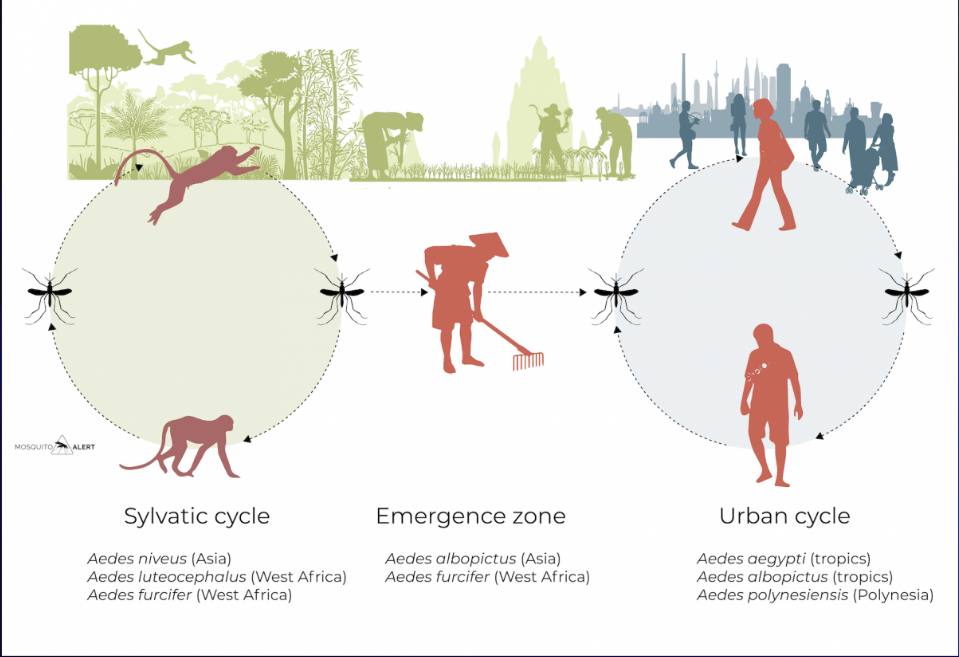
mosquitoalert.com
Dengue symptons
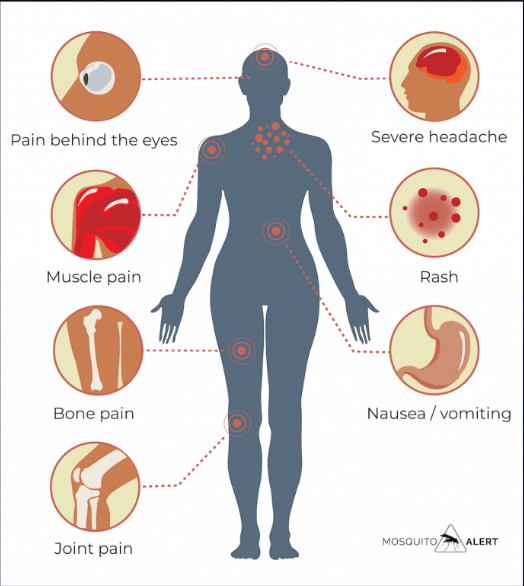
mosquitoalert.com
Aedes breeding sites
No need of clean water
Eggs sticks to container walls lige glue
They can survive drying out for up to 8 months
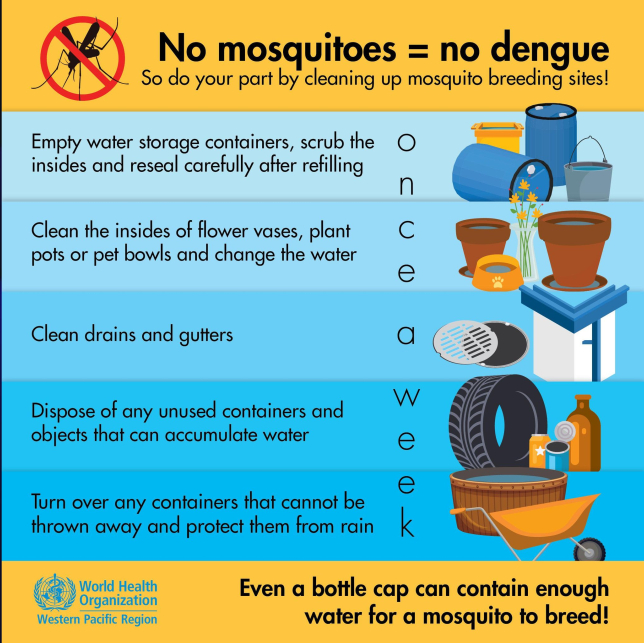
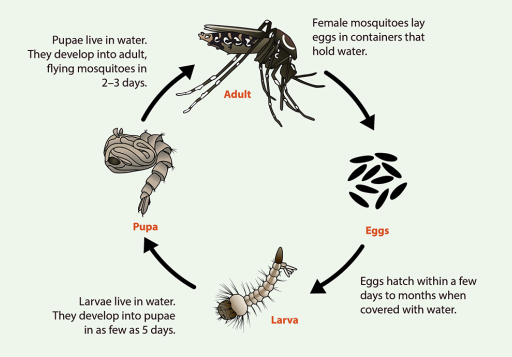
Probable dengue cases in Brazil
per epidemiological week of symptoms onset
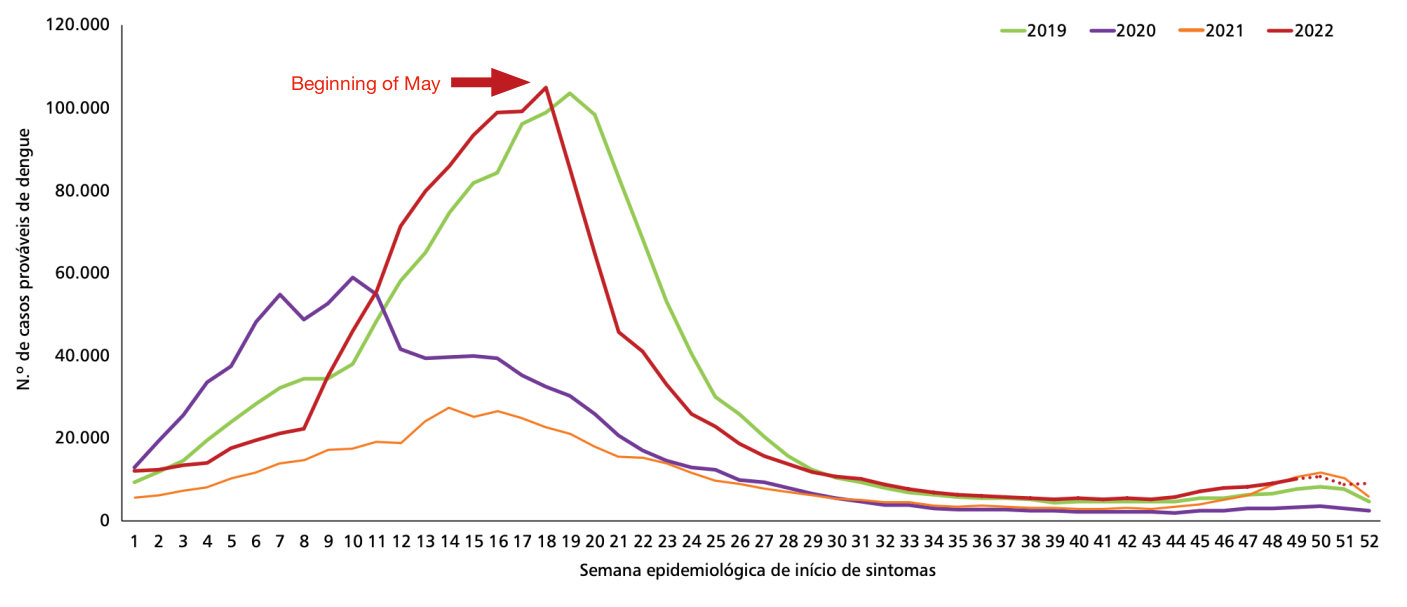
MS. Boletim epidemiológico vol. 54 n. 1 (2023)
Dengue on the news


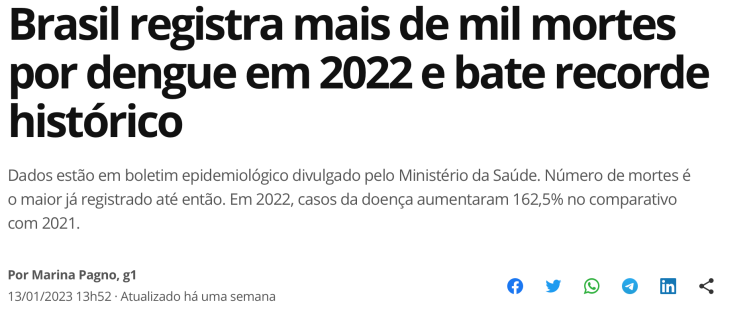

Dengue outbreaks over time

Azevedo et al, 2020
Dengue and weather covariates
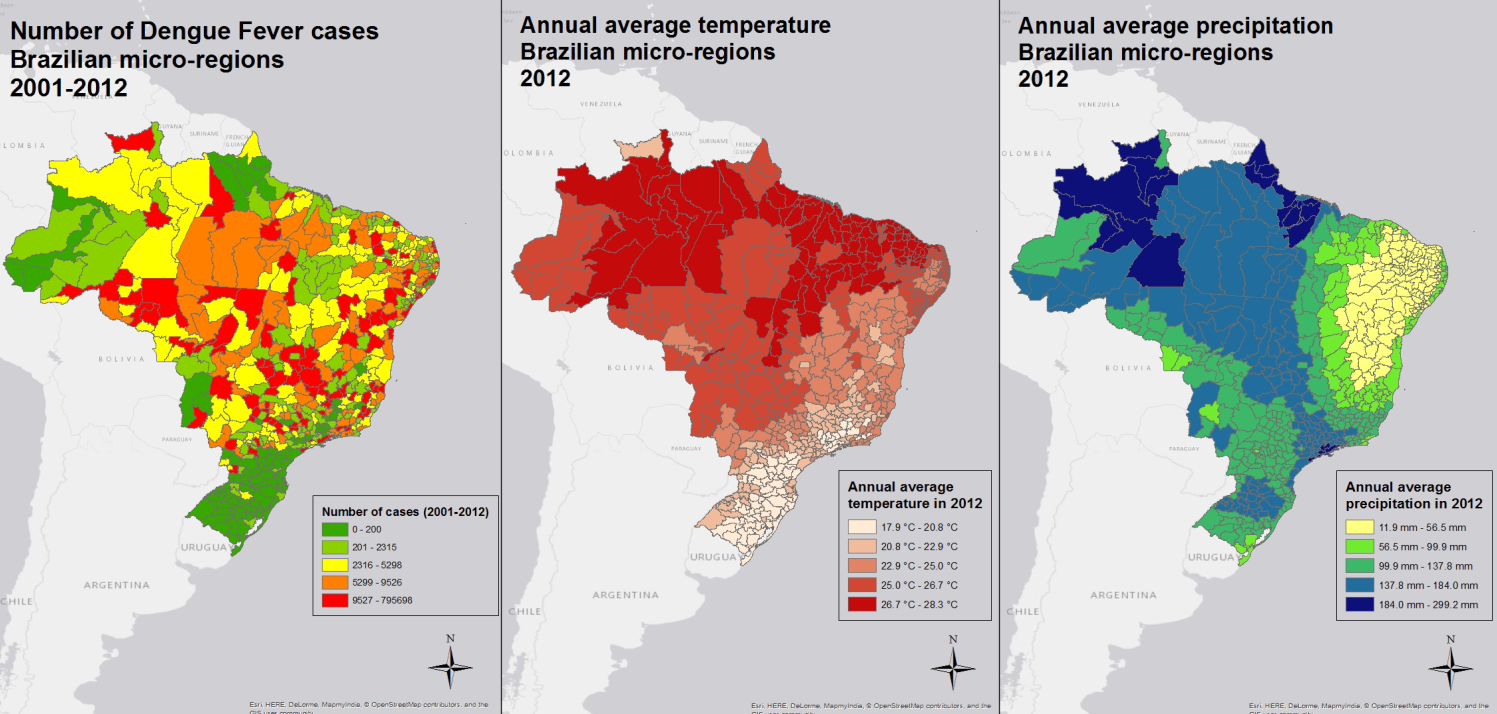
LSE Blogs
Dengue over time
and different regions
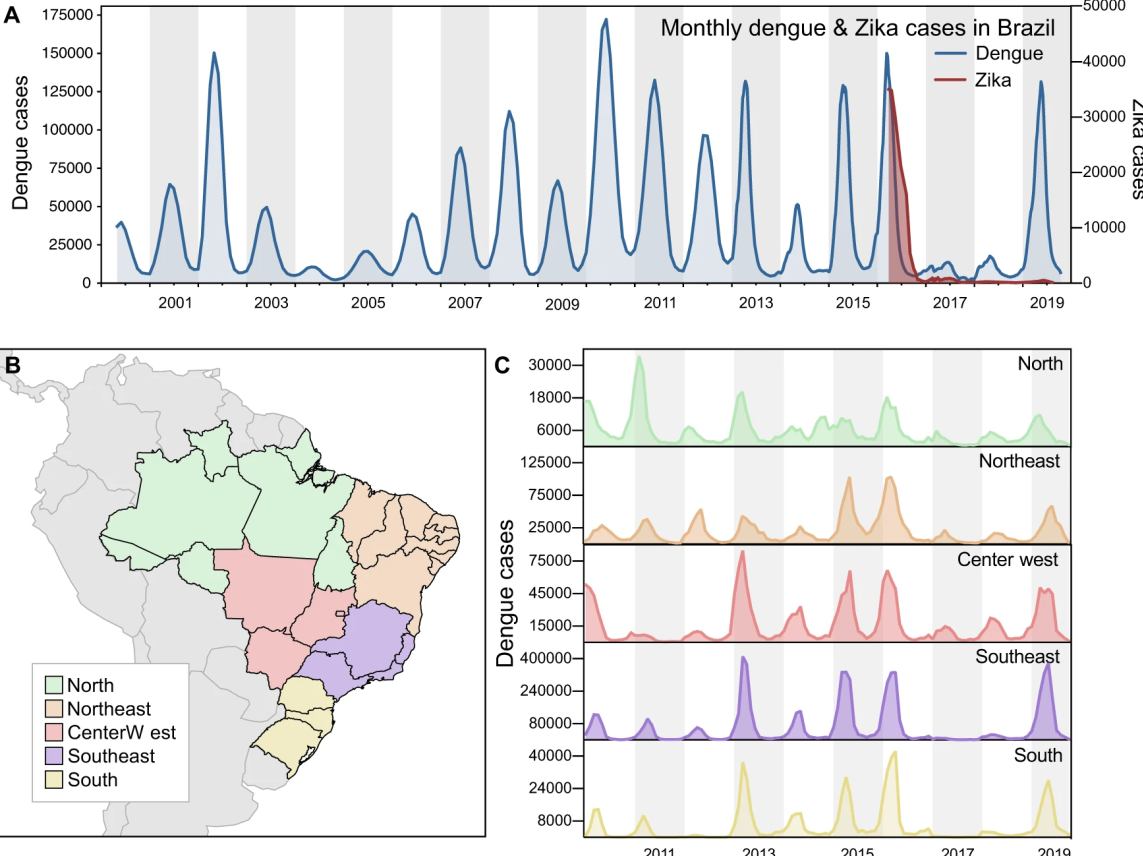
Brito et al. 2021
Territory diversity
- On rainy season, water accumulates on cans, pots and litter present at backyards, junkyards and on the streets.
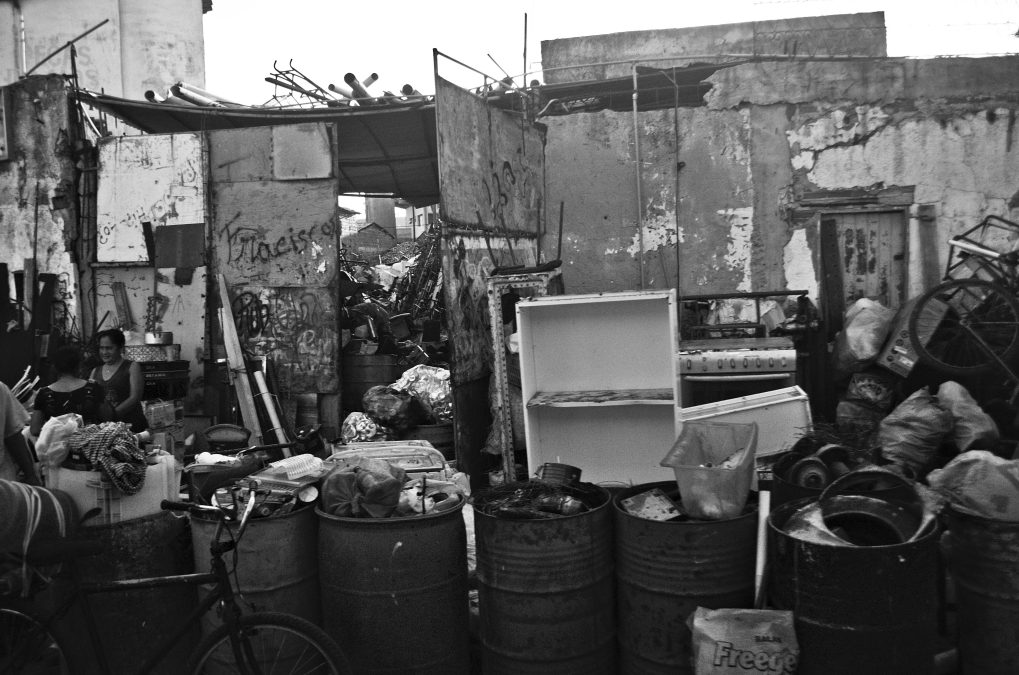
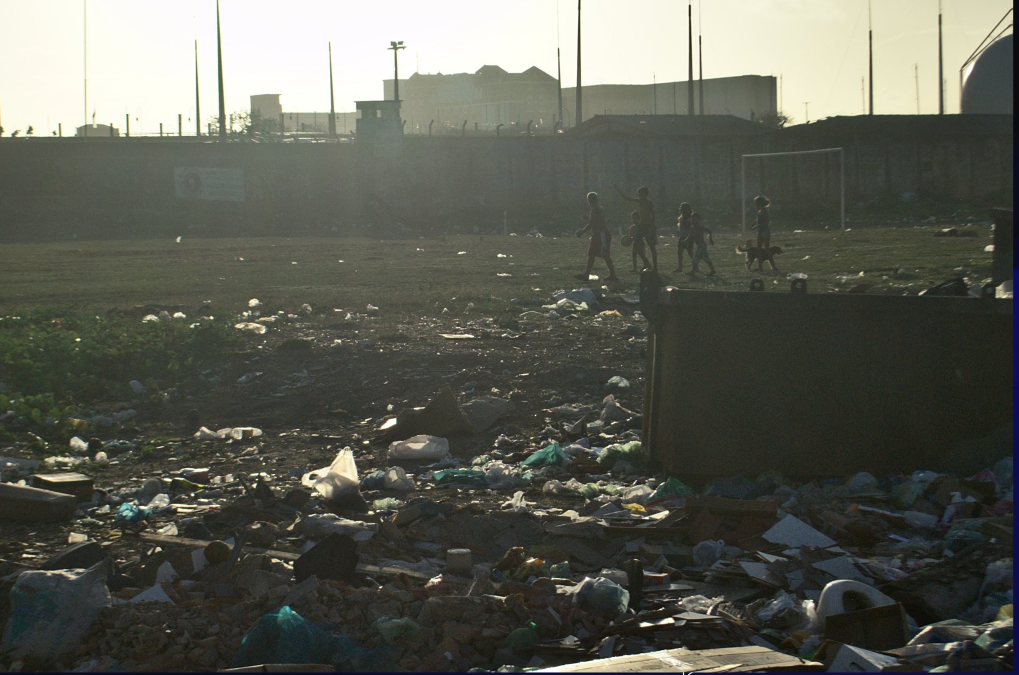
Fortaleza, jan. 2016.
Territory diversity
- On dry season or droughts, water is stored on open drums.
- The same predictor (ie. rain) may have different signal, in respect to other conditions.
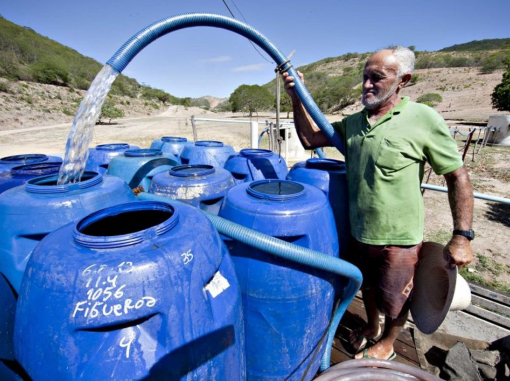
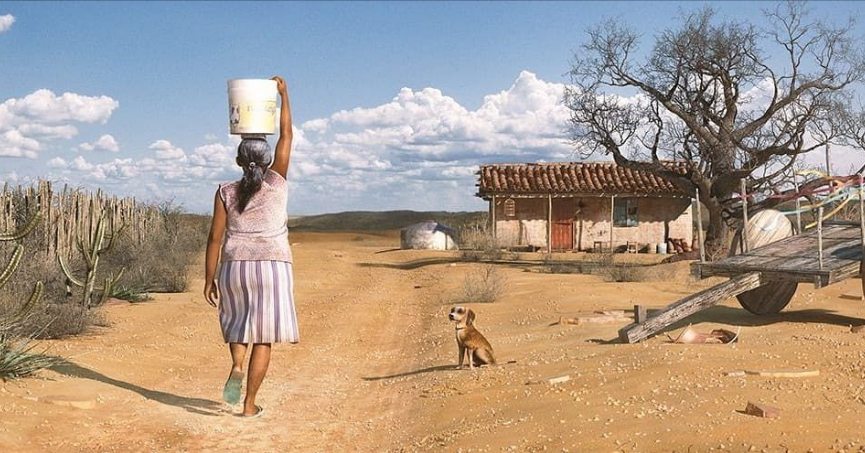
Modeling dengue cases
- Dengue cases as target variable
- Predictors
- Temperature, droughts, rainfall, floods, land use, deforestation
- Living conditions, urban environment
- Water supply, water rationing
- Mosquito infestation? Only few and localized data available.
Modeling intuition
- General models tend to ignore the diversity of the territory
- Different or even contradictory predictors relationship with the outcome
- Dengue transmission follows different rules, affected by climate and culture
- Local models are basically restricted, not useful for different regions and dengue transmission regimes
- A single machine-learning model is not a good option due the Brazilian diversity
Approach
- Separate Brazilian municipalities into clusters
- Maximizing their similarity regarding dengue transmissions and its covariate’s importance and signals
- Train several ML models of different strategies for each cluster
- Considering a query region \(r\), select models with the best accuracy from related clusters to \(r\), and ensemble the models into a single model, tailored for the specific region
- Predict cases using the ensemble model and compare its results with a baseline model trained with all data
Global and subsets models
Consider each square as a municipality

Workflow
Short version
Key decisions
How to cluster municipalities?
Time series
Outcome (dengue cases)
Predictors
What are the best predictors for forecast?
- Lags and rolling windows
Expected results
- More precise predictions for regions, with data “closer” to the training data.
- Parallelism in training models on different regions, less costs.
- Reduce the impact of concep-drift models of the affected regions.
- Provide health managers with tools, predictions and scenarios adequate to different scales of health surveillance, preparedness and field action
- Contribute to public health policies formulation and implementation